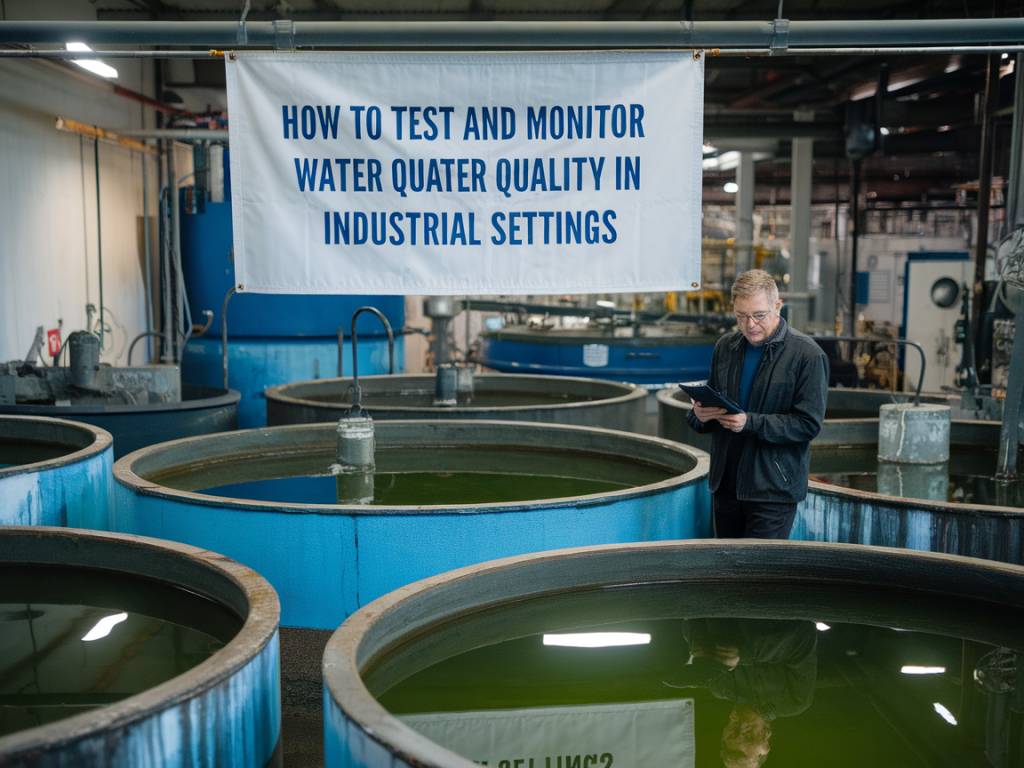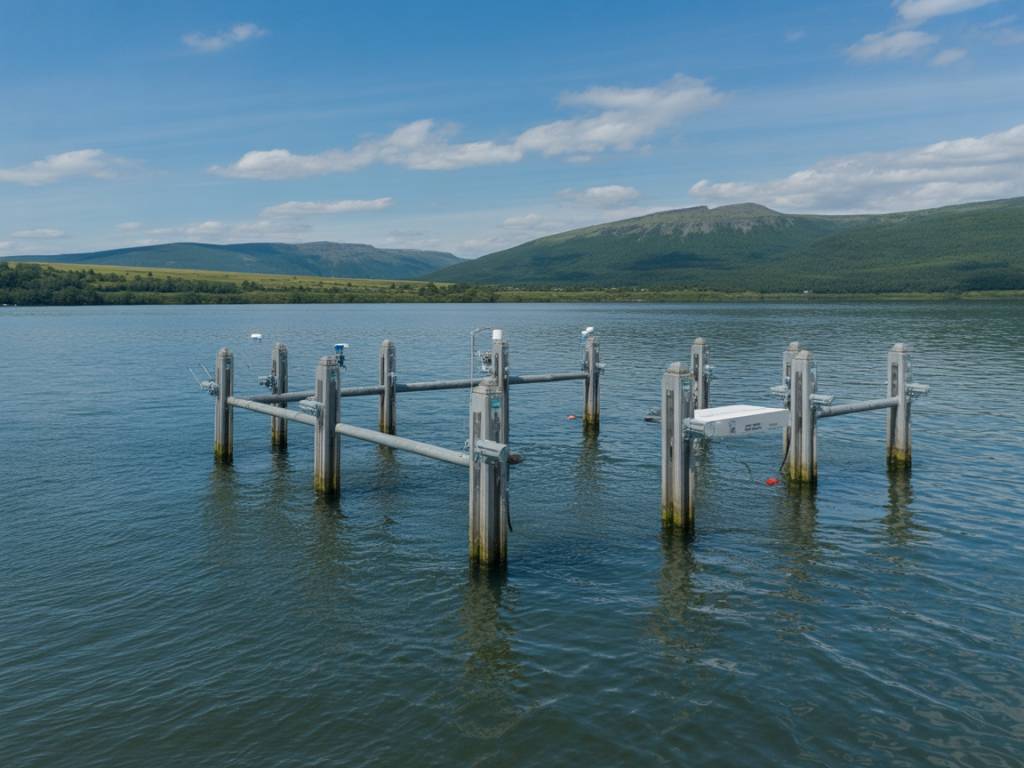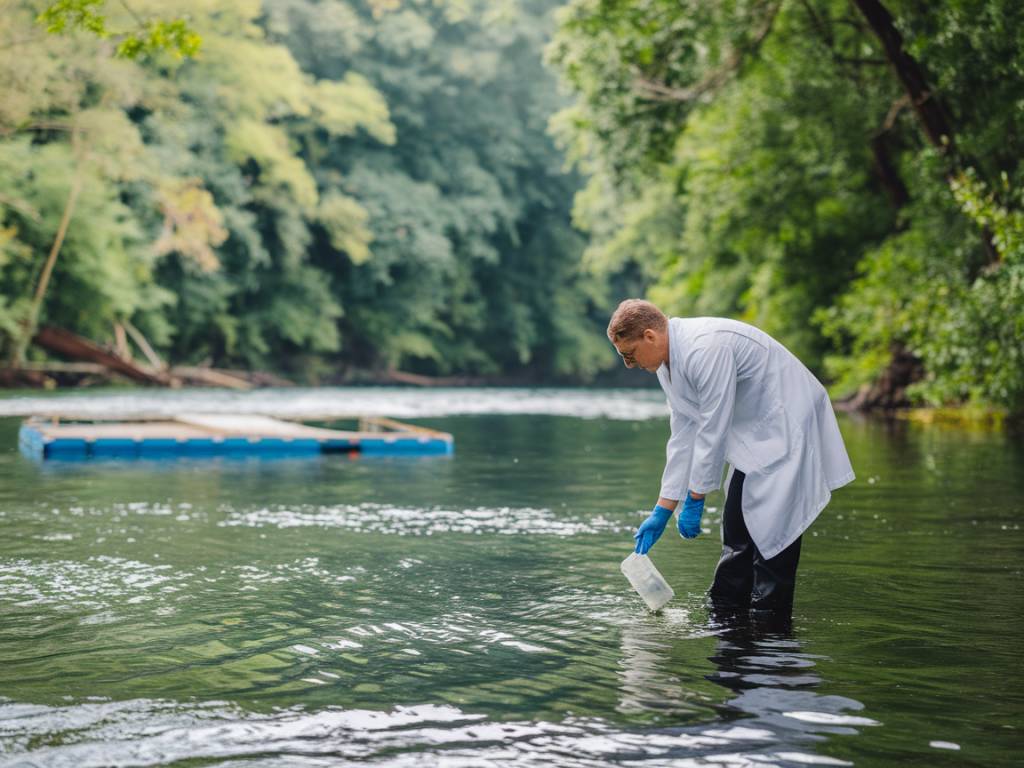In the intricate ballet of industry and nature, the quality of water serves as both conductor and performer, orchestrating the delicate balance upon which ecosystems depend. As industrial activities spiral upwards, so does the imperative to ensure that the water used and discharged in these settings meets rigorous quality standards. To navigate this intricate dance, we delve into the technological symphony of water testing and monitoring within industrial landscapes.
The Art and Science of Water Quality Testing
Water, the translucent lifeblood coursing through industrial operations, demands meticulous scrutiny. But how does one unfurl the secrets hidden in its clear depths? Envision the process as a dialogue between science and the sublime, where precision instruments and human expertise converge.
To evaluate the water quality in industrial settings, a range of parameters must be measured. Among these are pH levels, turbidity, the presence of heavy metals, and biochemical oxygen demand (BOD). Each parameter tells a different story about the water’s journey and its capacity to support life—or disrupt it.
To draw an analogy, consider the testing process as a symphony, where each instrument, whether it be a pH meter or a spectrophotometer, contributes to the harmony of data that informs decisions. And just like a symphony’s conductor, the environmental engineer ensures each instrument plays its part in concert.
Technologies Transforming Water Monitoring
In our present age, where technology and nature merge in awe-inspiring ways, we witness an evolution in water monitoring techniques. Here, algorithms and sensors become the sentinels of quality, safeguarding every drop.
Smart sensors, akin to the watchful eyes of a falcon, continuously monitor parameters in real-time. These devices, often cloud-connected, provide instantaneous alerts, allowing industries to respond swiftly to deviations that might otherwise ripple out harm. Imagine having a guardian angel for water, protecting and preserving its integrity at every moment.
Machine learning algorithms, whispering wisdom from data, enable predictive analytics that foresee patterns and anomalies. Consider this AI prowess as a river guide, leading industries safely through potential hazards before they surface.
The Aqueous Alchemy: Converting Data into Action
Once the data is harvested, the true magic begins—transforming numbers into actionable insights. It’s akin to turning raw ore into pure gold, where knowledge gleaned from data shapes sustainable practices.
Industries can tailor their processes, much like a master sculptor chiseling away at marble, to reduce water usage, minimize pollutants, and enhance recycling processes. This actionable intelligence supports not just regulatory compliance but advances toward a greener, more sustainable modus operandi.
Think of it as a dance of synergy, where industry and environment waltz gracefully, each step in harmony with the other, ensuring the dance floor—our planet—remains pristine and vibrant.
The Human Element: Skilled Artisans Behind the Screens
While technology provides the tools, it is human expertise that wields them with finesse and foresight. Trained specialists are the artisans in this tale, weaving through data with intuition honed over years, discerning patterns invisible to the untrained eye.
Imagine the expertise they bring, akin to a seasoned captain steering a vessel through choppy waters, armed with both instinct and instruments. Their role remains critical in interpreting data, implementing solutions, and ensuring compliance with environmental regulations—an alchemical blend of art and science.
Challenges and Opportunities Ahead
Of course, this journey is not without its rapids and whirlpools. Industries face challenges such as integrating disparate data systems, ensuring data integrity, and managing the costs associated with advanced monitoring technologies. Yet, within these challenges lie opportunities for innovation and growth.
As industries strive to embrace the full potential of water monitoring technologies, collaborative efforts and cross-disciplinary partnerships pave the way forward. Imagine the global community as an interlinked network, much like a river system, each tributary contributing to the health and vitality of the collective whole.
In the end, industrial water testing and monitoring transcend mere processes; they are an integral part of a larger narrative, one that seeks to harmonize human progress with the natural world. As we stand at this confluence, may we continue to refine our methods, nurture our planet, and treasure the delicate balance of our aqueous realms.




